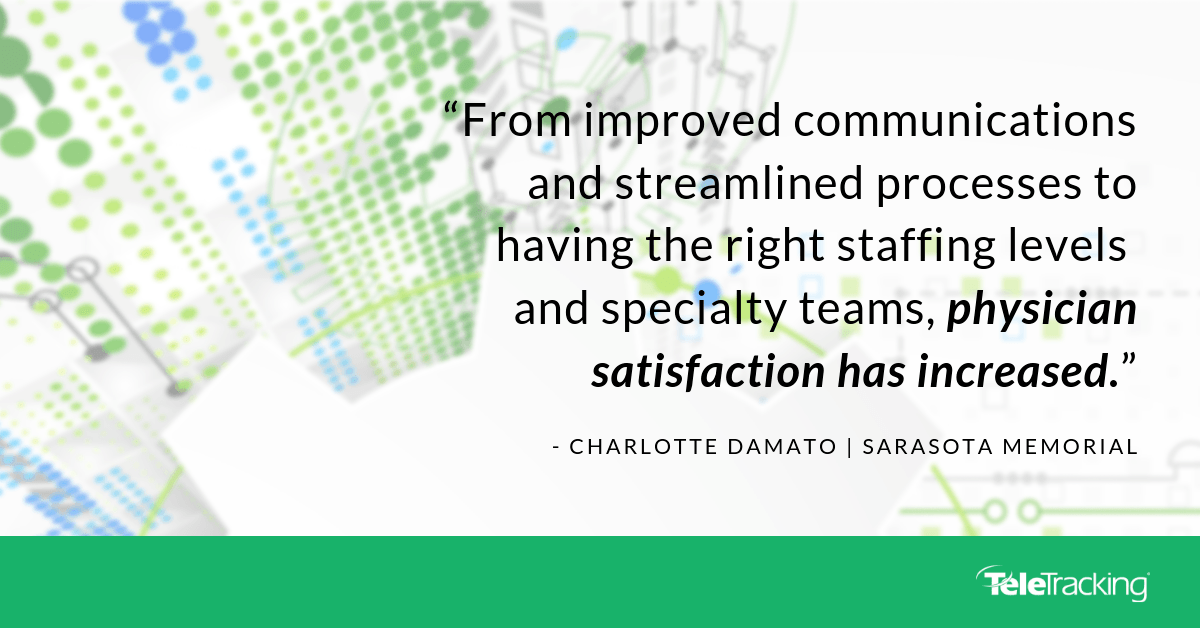Process Redesign for Inefficiencies
The Impact of Delays
Delays are inefficiencies that can have negative impacts on patients, physicians and staff. Frustrations and anxiety associated with delays are unnecessary stressors for those in the peri-operative arena. A first case delay has an exponential trickle-down effect on all cases in a particular OR suite for the day, which also impacts a surgeon’s time and their ability for rounding or seeing patients in the office prior to arriving in the OR.
To help address the delays, actions included observations in pre-op and timing in- to-incision times and analyzing all components within those processes to identify bottlenecks to flow. However, the challenges of communication and lack of transparency that emerged posed particular difficulties. A new, cross-functional approach that integrated technology and process redesign was needed.



